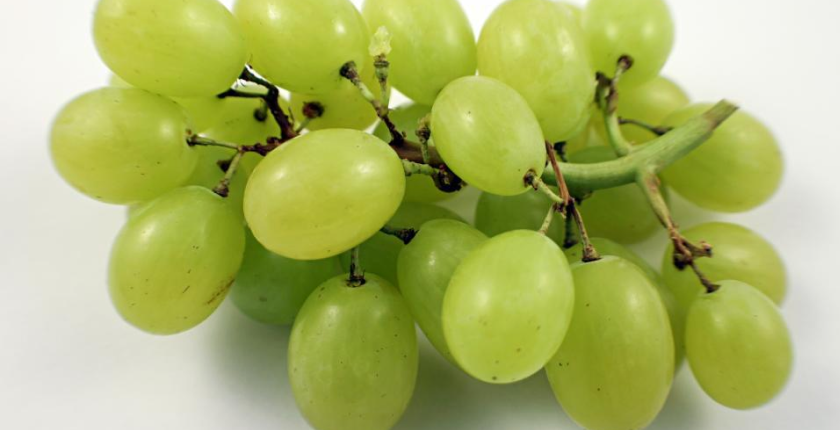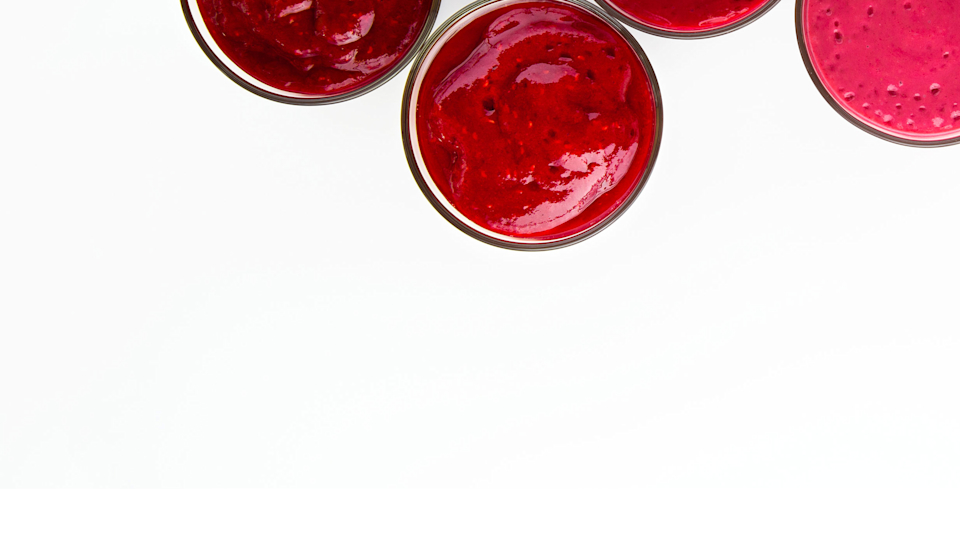Essential Takeaways
- There’s no two ways about it: Fiber is important for kids. But parents of picky eaters know all too well that getting them to hit the recommended levels can be… challenging, to say the least.
- We turned to Dr. Michelle Davenport, PhD, RD—a mom, registered dietitian, and member of Ritual’s Scientific Advisory Board—for some easy, tasty ways to boost fiber intake in a child’s diet.
When it comes to making decisions about our kids’ nutrition habits, sometimes it pays to be picky—a concept that Ritual’s own team of parents knows well.
It’s why we took our time creating a kid’s gummy multivitamin unlike other bestselling gummies on the market†—one that not only meets our sky-high standards (it’s vegan-friendly, sugar-free, and contains omega-3 DHA and 3 grams of fiber, not to mention other key nutrients), but also tastes really, really good.
Speaking of fiber: Kids need it. (We all do!) But parents of picky eaters know all too well that getting them to hit the recommended levels can be… challenging, to say the least.
Considering the best way to meet nutrient needs is through food first, we turned to Dr. Michelle Davenport, PhD, RD—a mom, registered dietitian, food expert, and member of Ritual’s Scientific Advisory Board—for some easy, tasty ways to boost fiber intake in a child’s diet.
†Based on the top 5 US multivitamin brands that carry a kids multivitamin SKU by 2019 & trailing 12 month retail sales (through April '20)












